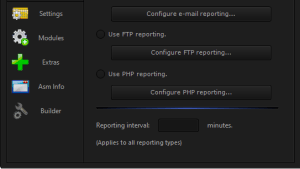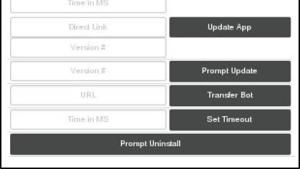Blog
The Phishing Email that Fooled Thousands of Trained Users
Thu, 03/09/2017
It’s a sobering moment.
You work long and hard to prepare your users. You train them. You test them. And over time, you see amazing results.
But then it happens.
Just when you think your users are becoming rockstars at identifying phishing emails, threat actors throw a new tactic at you… and everybody falls for it.
Of course, this isn’t a new story. Threat actors constantly update their...















